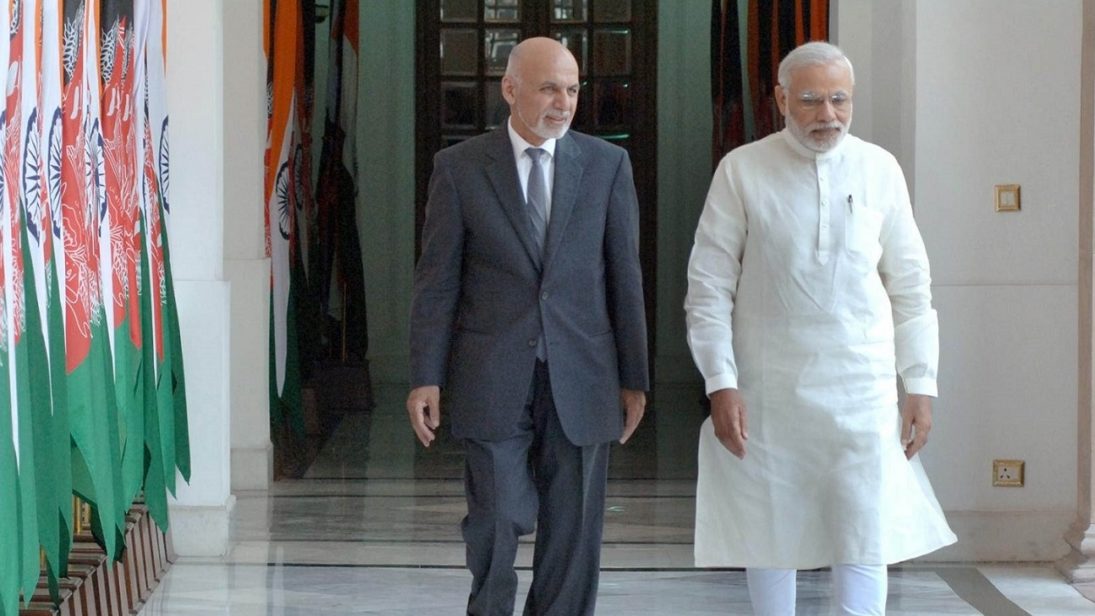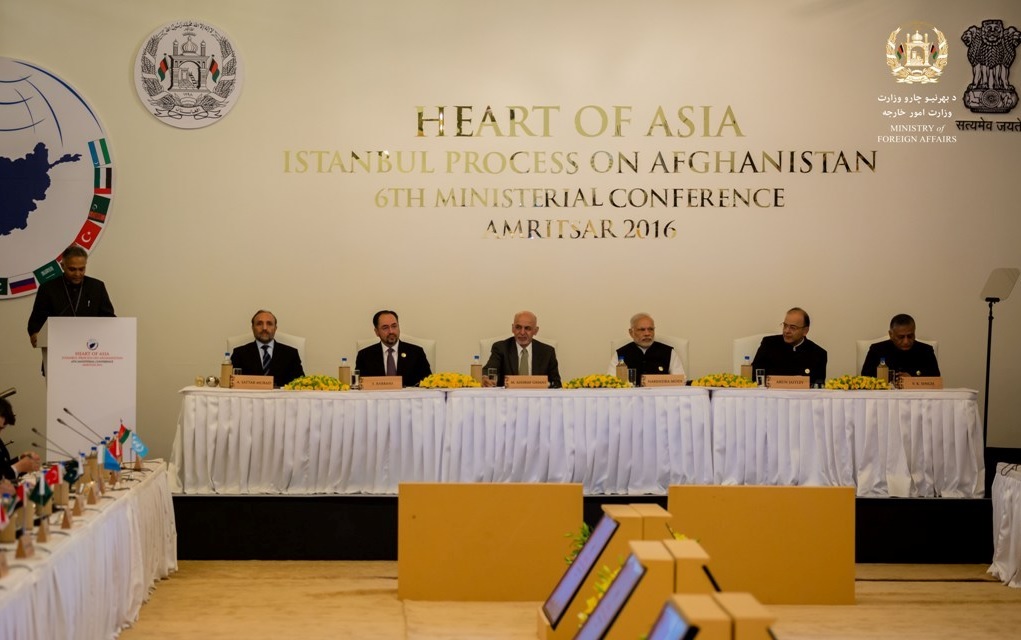
India-Afghanistan ties have been expanding rapidly in recent times with one innovative initiative, in particular, serving as the cornerstone of this engagement. Last month, an aircraft carrying 60 tons of Afghan medicinal plants landed in New Delhi, marking the inaugural flight of the India-Afghanistan air freight corridor. At a ceremony marking the flight, Afghan President Ashraf Ghani stated his hope to transform Afghanistan into “an exporter country.”
Only last year the status of the air route was uncertain following repeated Pakistani refusals to allow Afghan goods to cross into India over land. Apart from security concerns, the refusals likely stemmed from the detrimental impact increased Indo-Afghan trade would have on Pakistani economic and strategic interests. Pakistani exporters rely on the Afghan market, so an influx of cheap, high-quality Indian goods into Afghanistan would harm local Pakistani businesses. Second, Afghan access to trade routes through Pakistan would strengthen Indo-Afghan cooperation, thus pinning Pakistan from its western and eastern borders.
As a landlocked country, Afghanistan has traditionally relied on Pakistan for trade. Both sides signed the Afghanistan-Pakistan Transit Trade Agreement (APTTA) in 1965, which gave Afghanistan the right to transit goods duty-free via Pakistan to other countries. The treaty also granted Afghanistan access to India through Lahore’s Wagah border crossing. Despite these favorable terms, Kabul has struggled to meet its trading potential and currently ranks 151st out of 221 countries in export volume. Insurgency, terrorism, and recurring civil unrest plays a large role in Afghanistan’s anemic trade. However, Afghanistan has also lacked the appropriate channels to expand its export network. From India’s perspective, Afghanistan offers not only expanded trade but a crucial route to the Central Asian Republics (CARs) for India’s ever-increasing energy needs. Towards this end, the construction of India’s Chabahar Port in Iran complements India’s push for land and air routes into Afghanistan and a desire to reduce Kabul’s reliance on Pakistan. Strategically, Chabahar also serves as an important check on Gwadar Port, a Pakistani port undergoing expansion with Chinese financial backing as a key element in the proposed China-Pakistan Economic Corridor (CPEC).

Given these interests, the Indian government under Narendra Modi has not hesitated in taking bold steps to bypass Pakistan. Bilaterally and multilaterally, Prime Minister Modi has attempted to label Pakistan a state sponsor of terror, including at the 6th Ministerial Heart of Asia conference in December last year. After a string of border attacks in February and May 2017, the Pakistani decision to close border crossings with Afghanistan may have addressed security concerns but has also weakened Pakistan-Afghan trade. The border closure not only injured the Afghan economy, but it also shrank Pakistani exports to Afghanistan besides affecting Islamabad’s reputation in the eyes of Kabul and the international community. Amid these developments, India announced its renewed commitment to the air freight corridor.
In the short-term, India stands to gain from deteriorating Afghanistan-Pakistan relations, though the viability and success of the air corridor will only be realized if bilateral trade substantially increases between both countries. Indo-Afghan trade currently stands at over $800 million. It is in the interest of exporters in both countries to boost trade through innovative approaches like the air corridor, but the long-term aspirations of increased bilateral trade will likely continue to be restricted by tense relations with Pakistan.
The inauguration of the air corridor represents a significant development in Indo-Afghan relations with potentially negative repercussions for Pakistan. However, India and Afghanistan have yet to overcome the essential problem of geography in which Pakistan still largely controls India’s access to Afghanistan and Central Asia. At present, India seems willing to sacrifice improved relations with Pakistan to pursue a closer economic and strategic partnership with Afghanistan. Ultimately, however, a broad trading partnership comprising all regional stakeholders and addressing all reservations should be preferred. Pakistan, for its part, should attempt to find options that would advance its own interests, as well as those of the entire region.
***
Editor’s Note: Click here to read this article in Hindi
Image 1: Flickr, Narendra Modi


